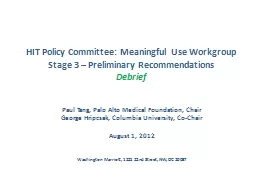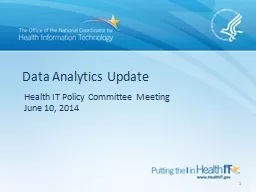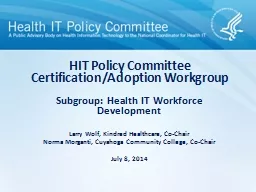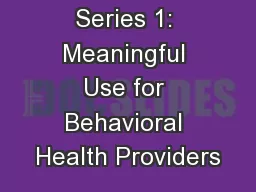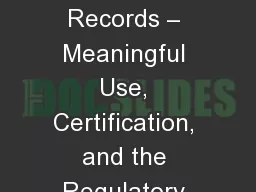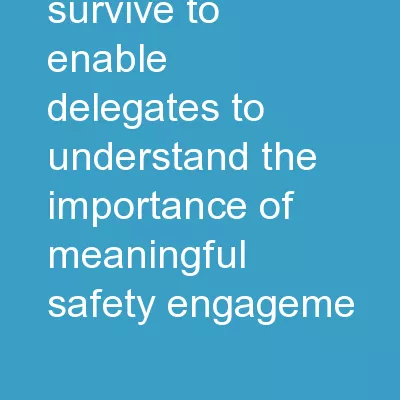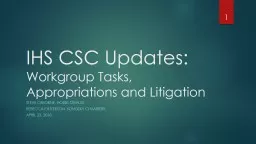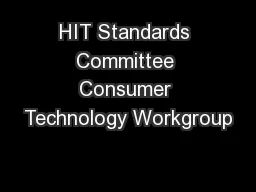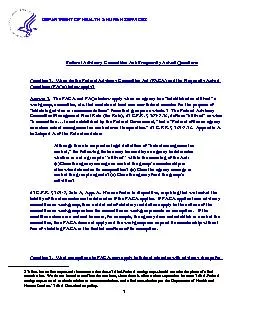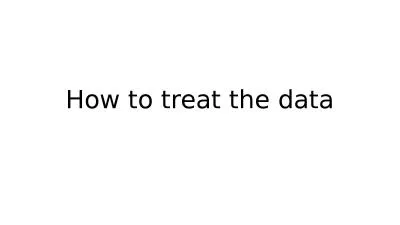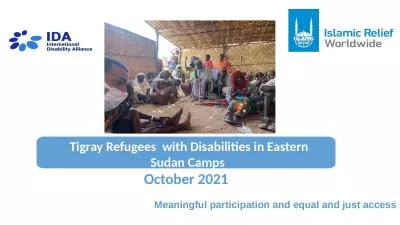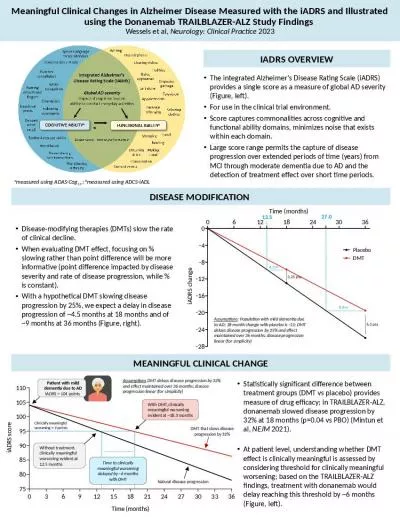PPT-HIT Policy Committee: Meaningful Use Workgroup
Author : marina-yarberry | Published Date : 2016-04-02
Stage 3 Preliminary Recommendations Debrief Paul Tang Palo Alto Medical Foundation Chair George Hripcsak Columbia University CoChair August 1 2012 Washington Marriott
Presentation Embed Code
Download Presentation
Download Presentation The PPT/PDF document "HIT Policy Committee: Meaningful Use Wor..." is the property of its rightful owner. Permission is granted to download and print the materials on this website for personal, non-commercial use only, and to display it on your personal computer provided you do not modify the materials and that you retain all copyright notices contained in the materials. By downloading content from our website, you accept the terms of this agreement.
HIT Policy Committee: Meaningful Use Workgroup: Transcript
Download Rules Of Document
"HIT Policy Committee: Meaningful Use Workgroup"The content belongs to its owner. You may download and print it for personal use, without modification, and keep all copyright notices. By downloading, you agree to these terms.
Related Documents

